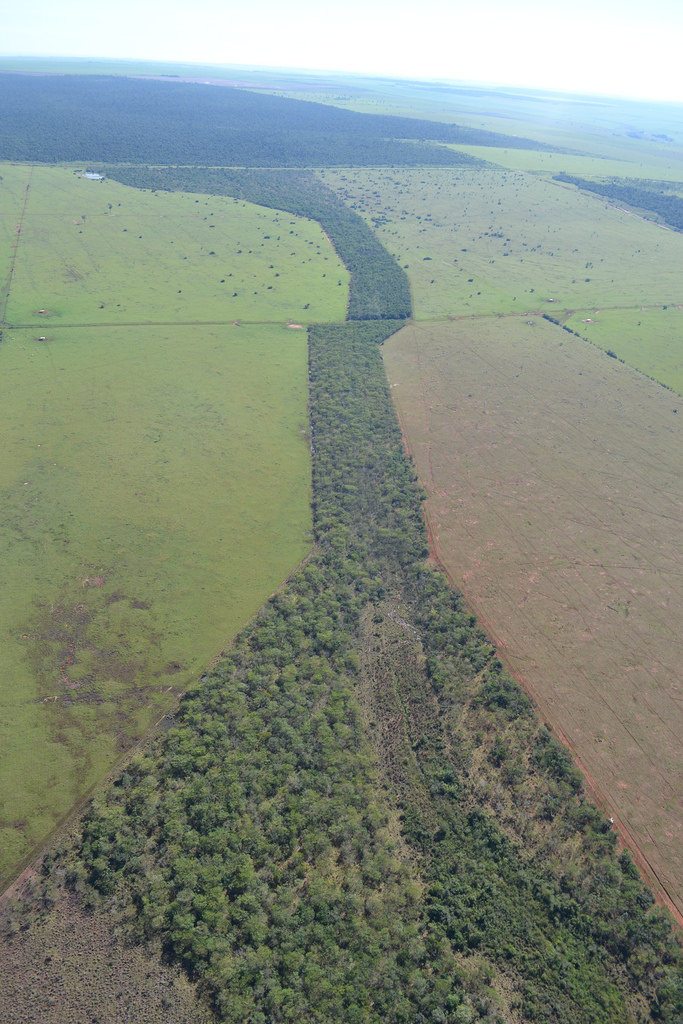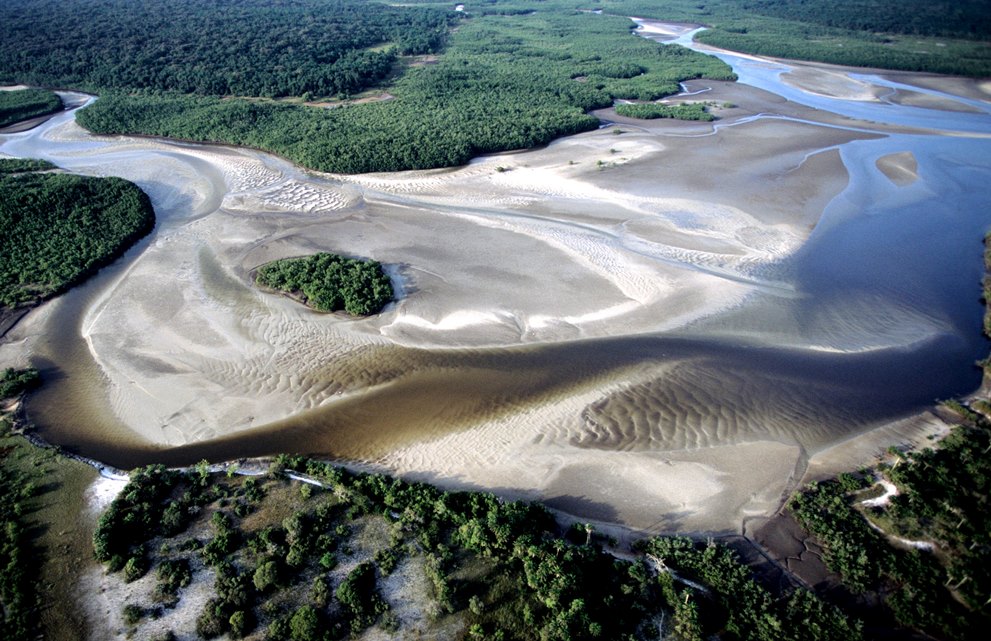|
KuzeyDoğa
KuzeyDoğa (Northeastern Nature) is a Turkish conservation non-governmental organization operating primarily in the far eastern section of the country, with a focal area ranging from the shores of the Black Sea to Mount Ağrı (Ararat). History The organization was initially created in 2003 as the Kars-Iğdır Biodiversity Project by the biology professor Çağan H. Şekercioğlu, who subsequently founded KuzeyDoğa in January 2008. Since 2006, the organization placed motion-triggered cameras to capture the wildlife in the Eastern Anatolian region (project 'Animal Corridor'). A bird research and education center was established in the Aras Valley at the village Yukarı Çıyrıklı (one of Turkey's two bird ringing stations that remain active yearly). Starting in 2011, KuzeyDoğa became the first organization to track wolves in Turkey. In January 2012, the Ministry of Forest and Water Management created the country's first wildlife corridor in the Northeastern Anatolia reg ... [...More Info...] [...Related Items...] OR: [Wikipedia] [Google] [Baidu] |
Lake Kuyucuk
Lake Kuyucuk (), is a small shallow lake located in Arpaçay district of Kars Province in the Eastern Anatolia Region of Turkey. It has an area of and a maximum depth at . The lake area is an internationally recognized Ramsar site, important for its ornithofauna, and a tourist wildlife reserve. Geology The Kalkankale Formation, consisting of old sandstone, mudstone and claystone dating back to early Pliocene period, underlies wide areas at Lake Kuyucuk and the surrounding landscape, and forms the flat and low-sloped terrain of the region. Elevations north of the lake are formed by agglomerate, tuff and andesite of early Pliocene old Kura volcanic rocks while the southwestern elevations are formed by tuff, andesite, pearlite, pumice and obsidian of Dumanlıdağ pyroclastic rocks. Topography Büyükalamet Heights , Küçükalamet Heights , Kızılgüney Heights and Uzungüney Heights in the north, Alaca Heights in the west and Cadalı Heights , Yumru Heights and Mevzili H ... [...More Info...] [...Related Items...] OR: [Wikipedia] [Google] [Baidu] |
Aras (river)
The Aras is a transboundary river in the Caucasus. It rises in eastern Turkey and flows along the borders between Turkey and Armenia, between Turkey and the Nakhchivan exclave of Azerbaijan, between Iran and both Azerbaijan and Armenia, and, finally, through Azerbaijan where it flows into the Kura river as a right tributary. It drains the south side of the Lesser Caucasus Mountains, while the Kura drains the north side of the Lesser Caucasus. The river's total length is and its watershed covers an area of . The Aras is one of the longest rivers in the Caucasus. Names In classical antiquity, the river was known to the Greeks as Araxes (). Its modern Armenian name is ''Arax'' or ''Araks'' (). Historically, it was called (, in modern pronunciation) by Armenians and its Old Georgian name is ''Rakhsi'' (). In Azerbaijani, the river's name is ''Araz''. In Persian, Kurdish and Turkish its name is (''Aras''). Geography The Aras is supported by the Kocagün stream, Dallı s ... [...More Info...] [...Related Items...] OR: [Wikipedia] [Google] [Baidu] |
Wildlife Corridor
A wildlife corridor, also known as a habitat corridor, or green corridor, is a designated area habitat (ecology), that connects wildlife populations that have been separated by human activities or structures, such as development, roads, or land clearings. These corridors enable movement of individuals between populations, which helps to prevent negative effects of inbreeding and reduced genetic diversity, often caused by genetic drift, that can occur in isolated populations. Additionally, corridors support the re-establishment of populations that may have been reduced or wiped out due to Stochastic process, random events like fires or disease. They can also mitigate some of the severe impacts of habitat fragmentation, a result of urbanization that divides habitat areas and restricts animal movement. Habitat fragmentation from human development poses an increasing threat to biodiversity, and habitat corridors help to reduce its harmful effects. Corridors aside from their benefit t ... [...More Info...] [...Related Items...] OR: [Wikipedia] [Google] [Baidu] |
Raccoon Dog
''Nyctereutes'' (Greek: ''nyx, nykt-'' "night" + ''ereutēs'' "wanderer") is a genus of canid which includes only two extant species, both known as raccoon dogs: the common raccoon dog (''Nyctereutes procyonoides'') and the Japanese raccoon dog (''Nyctereutes viverrinus''). ''Nyctereutes'' first entered the fossil record 5.5 million years ago ( Mya) in northern China. It was one of the earliest canines to arrive in the Old World. All but two species became extinct before the end of the Pleistocene The Pleistocene ( ; referred to colloquially as the ''ice age, Ice Age'') is the geological epoch (geology), epoch that lasted from to 11,700 years ago, spanning the Earth's most recent period of repeated glaciations. Before a change was fin .... A study suggests that the evolution of ''Nyctereutes'' was influenced by environmental and climatic changes, such as the expansion and contraction of forests and the fluctuations of temperature and precipitation. Characteristics They ... [...More Info...] [...Related Items...] OR: [Wikipedia] [Google] [Baidu] |
Vertebrate
Vertebrates () are animals with a vertebral column (backbone or spine), and a cranium, or skull. The vertebral column surrounds and protects the spinal cord, while the cranium protects the brain. The vertebrates make up the subphylum Vertebrata with some 65,000 species, by far the largest ranked grouping in the phylum Chordata. The vertebrates include mammals, birds, amphibians, and various classes of fish and reptiles. The fish include the jawless Agnatha, and the jawed Gnathostomata. The jawed fish include both the Chondrichthyes, cartilaginous fish and the Osteichthyes, bony fish. Bony fish include the Sarcopterygii, lobe-finned fish, which gave rise to the tetrapods, the animals with four limbs. Despite their success, vertebrates still only make up less than five percent of all described animal species. The first vertebrates appeared in the Cambrian explosion some 518 million years ago. Jawed vertebrates evolved in the Ordovician, followed by bony fishes in the Devonian. T ... [...More Info...] [...Related Items...] OR: [Wikipedia] [Google] [Baidu] |
Carnivorous
A carnivore , or meat-eater (Latin, ''caro'', genitive ''carnis'', meaning meat or "flesh" and ''vorare'' meaning "to devour"), is an animal or plant whose nutrition and energy requirements are met by consumption of animal tissues (mainly muscle, fat and other soft tissues) as food, whether through predation or scavenging. Nomenclature Mammal order The technical term for mammals in the order Carnivora is ''carnivoran'', and they are so-named because most member species in the group have a carnivorous diet, but the similarity of the name of the order and the name of the diet causes confusion. Many but not all carnivorans are meat eaters; a few, such as the large and small cats (Felidae) are ''obligate'' carnivores (see below). Other classes of carnivore are highly variable. The ursids (bears), for example: while the Arctic polar bear eats meat almost exclusively (more than 90% of its diet is meat), almost all other bear species are omnivorous, and one species, the gia ... [...More Info...] [...Related Items...] OR: [Wikipedia] [Google] [Baidu] |
Ramsar Convention
The Ramsar Convention on Wetlands of International Importance Especially as Waterfowl Habitat is an international treaty for the conservation and sustainable use of Ramsar site, Ramsar sites (wetlands). It is also known as the Convention on Wetlands. It is named after the city of Ramsar, Mazandaran, Ramsar in Iran, where the convention was signed in 1971. Every three years, representatives of the contracting parties meet as the Ramsar Convention#Conference of the Contracting Parties, Conference of the Contracting Parties (COP), the policy-making organ of the wetland conservation, convention which adopts decisions (site designations, resolutions and recommendations) to administer the work of the convention and improve the way in which the parties are able to implement its objectives. In 2022, COP15 was held in Montreal, Canada. List of wetlands of international importance The list of wetlands of international importance included 2,531 Ramsar site, Ramsar sites in Februa ... [...More Info...] [...Related Items...] OR: [Wikipedia] [Google] [Baidu] |
Vultures
A vulture is a bird of prey that scavenges on carrion. There are 23 extant species of vulture (including condors). Old World vultures include 16 living species native to Europe, Africa, and Asia; New World vultures are restricted to North and South America and consist of seven identified species, all belonging to the Cathartidae family. A particular characteristic of many vultures is a bald, unfeathered head. This bare skin is thought to keep the head clean when feeding, and also plays an important role in thermoregulation. Vultures have been observed to hunch their bodies and tuck in their heads in the cold, and open their wings and stretch their necks in the heat. They also urinate on themselves as a means of cooling their bodies. A group of vultures in flight is called a "kettle", while the term "committee" refers to a group of vultures resting on the ground or in trees. A group of vultures that are feeding is termed a "wake". Taxonomy Although New World vultures and Ol ... [...More Info...] [...Related Items...] OR: [Wikipedia] [Google] [Baidu] |
Song Birds
A songbird is a bird belonging to the suborder Passeri of the perching birds (Passeriformes). Another name that is sometimes seen as the scientific or vernacular name is Oscines, from Latin ''oscen'', "songbird". The Passeriformes contains 5,000 or so speciesEdwards, Scott V. and John Harshman. 2013. Passeriformes. Perching Birds, Passerine Birds. Version 06 February 2013 (under construction). http://tolweb.org/Passeriformes/15868/2013.02.06 in The Tree of Life Web Project, http://tolweb.org/ ccessed 2017/12/11 found all over the world, in which the vocal organ typically is developed in such a way as to produce a diverse and elaborate bird song. Songbirds form one of the two major lineages of extant perching birds (~4,000 species), the other being the Tyranni (~1,000 species), which are most diverse in the Neotropics and absent from many parts of the world. The Tyranni have a simpler syrinx musculature, and while their vocalizations are often just as complex and striking as th ... [...More Info...] [...Related Items...] OR: [Wikipedia] [Google] [Baidu] |
Iğdır
Iğdır (; or ; ; or ) is a city in the Eastern Anatolia Region of Turkey. It is the seat of Iğdır Province and Iğdır District.İlçe Belediyesi Turkey Civil Administration Departments Inventory. Retrieved 1 March 2023. Its population is 101,700 (2022). History Iğdır went by the Armenian name of Tsolakert during the Middle Ages. s.v. "Igdir," Armenian Soviet Encyclopedia, 1978, vol. 4, p. 309. When the Spanish traveler Ruy González de Clavijo passed through this region in the early 15th century, he stayed a night in a castle he called ''Egida'', located at the foot of Mount Ararat. Clavijo describes it as being built upon a rock and ruled by a woman, the widow of a brigand that Timur had put to death. Because modern Iğdır has no such rock, and is ...[...More Info...] [...Related Items...] OR: [Wikipedia] [Google] [Baidu] |
Bird Ringing
Bird ringing (UK) or bird banding (US) is the attachment of a small, individually numbered metal or plastic tag to the leg or wing of a wild bird to enable individual identification. This helps in keeping track of the movements of the bird and its life history. It is common to take bird measurement, measurements and examine the conditions of feather moult, subcutaneous fat, age indications and sex during capture for ringing. The subsequent recapture, recovery, or observation of the bird can provide information on bird migration, migration, longevity, mortality, population, territoriality, List of feeding behaviours, feeding behaviour, and other aspects that are studied by ornithology, ornithologists. Other methods of marking birds may also be used to allow for field based identification that does not require capture. History The earliest recorded attempts to mark birds were made by Roman army, Roman soldiers. For instance during the Punic Wars in 218 BC a crow was released b ... [...More Info...] [...Related Items...] OR: [Wikipedia] [Google] [Baidu] |




